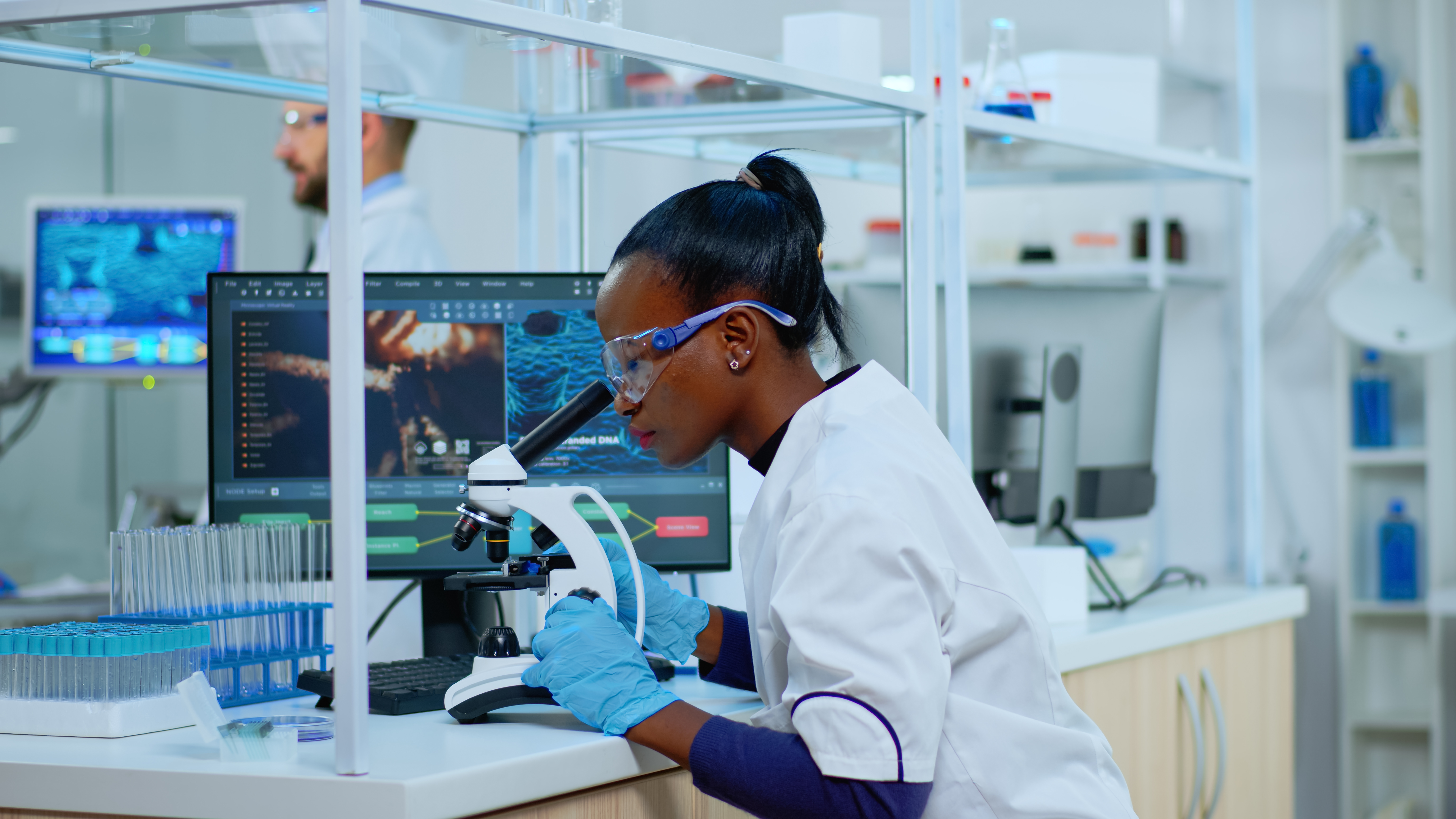Skin/Wound/Pus Swab
200 Kshs | Home Collection Available
Synonyms
Wound Anaerobic Culture, Anaerobic Culture, Abscess, Skin Culture, Wound Culture, Pus Culture
Purpose
A Skin/Wound/Pus Test identifies fungal, viral, or bacterial infections of the skin or soft tissues. Doctors recommend it for diagnosing skin infections such as abscesses and cellulitis. It helps determine the specific pathogen causing the infection and appropriate treatment. When your skin infection is accompanied by coughing and difficulty breathing, the doctor can perform a sputum culture alongside the swab to help detect if the infection has spread to the respiratory system.
In addition, if the infection is suspected to have spread to the bloodstream, a mycobacterial culture can help confirm the presence of mycobacterial pathogens.
Combining these tests gives the doctor a broader diagnostic picture, ensuring you’re given the right treatment.
Patient Preparation
No special preparations are required.
Samples
Collect 2 ml pus, Swabs, 1 cm³ tissue, Pus, scale scrapings, skin biopsy, moist swab from a mucosal surface, and Nail clippings in a culture transport swab and sterile container. Cleanse the skin area with 70% alcohol and collect a portion from the active border of the lesion. Soak the swab in pus. Avoid contaminating the samples with normal flora from skin or other body surfaces, and maintain the samples at room temperature.

Reference Range
Negative/Normal
Results Turnaround
4 – 7 days after receipt of samples.
Diseases / Diagnostic Indicators
A skin/wound/pus swab diagnoses organisms that cause superficial and wound infections. The swab isolates the harmful organisms and pinpoints the specific pathogen responsible.
Some conditions commonly diagnosed through the swab include Erythrasma, Cellulitis, Athlete’s Foot, and Ringworm. The swab helps to determine whether the infection has spread to other areas, leading to more severe systemic infections.
Accurate diagnosis of these infections and conditions ensures targeted therapy, which is particularly important in the case of antibiotic resistance. You can refer to this study for further reading on diagnostics for wound infections.




